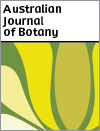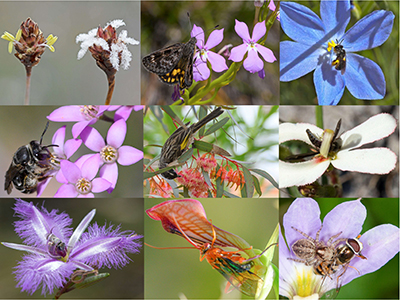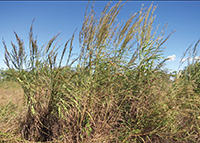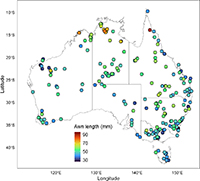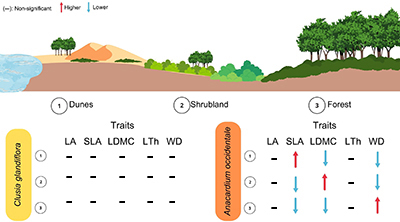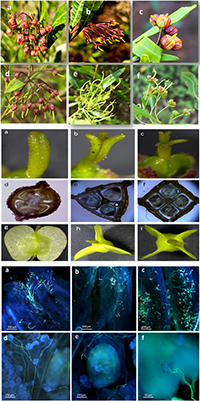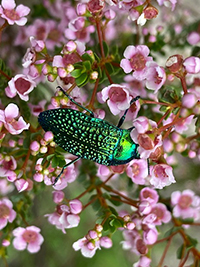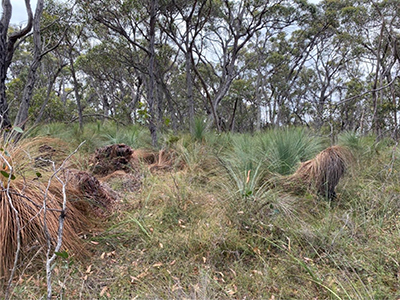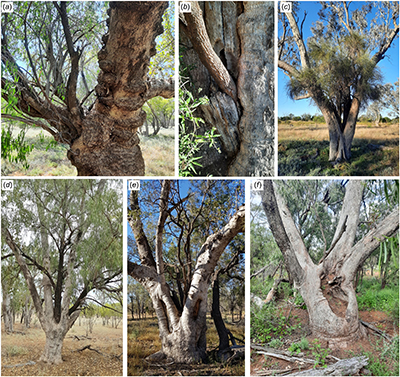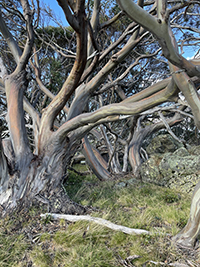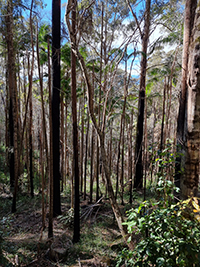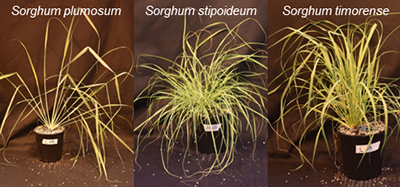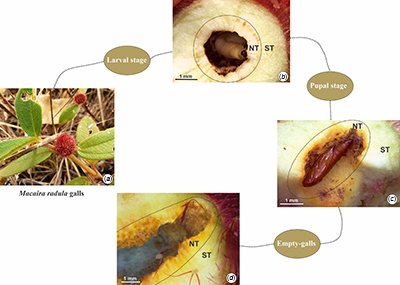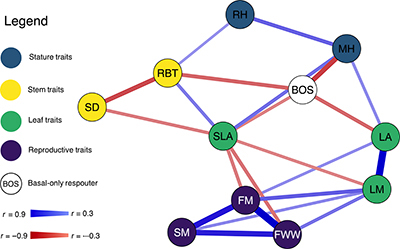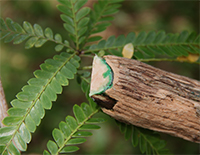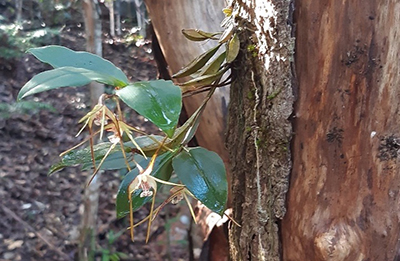BT23007Pollination strategies are exceptionally complex in southwestern Australia – a globally significant ancient biodiversity hotspot
Pollination syndromes were allocated for all plants in the Southwest Australian Floristic Region, an ancient landscape and global biodiversity hotspot. Allocations based on floral traits were highly consistent and well supported by visitor records and scientific studies. Their complexity was highest in large plant families, involving many pollination transitions, especially from general insects to bees, birds or the wind. Photograph by Mark Brundrett.
BT23007 Abstract | BT23007 Full Text | BT23007PDF (16.1 MB) | BT23007Supplementary Material (1.5 MB) Open Access Article


